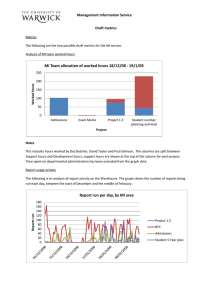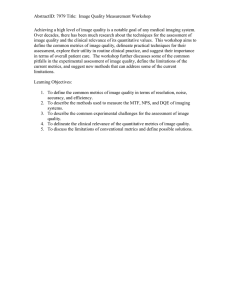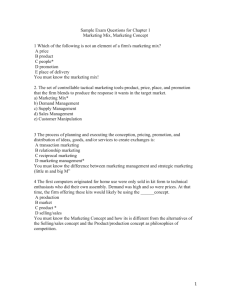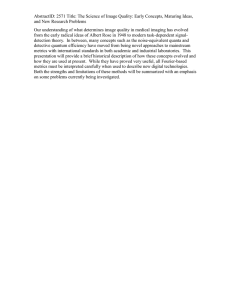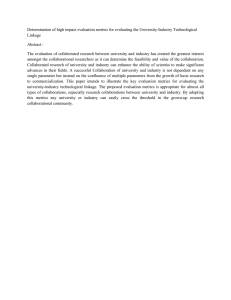MS Word (Final Version) - Web Science Repository
advertisement
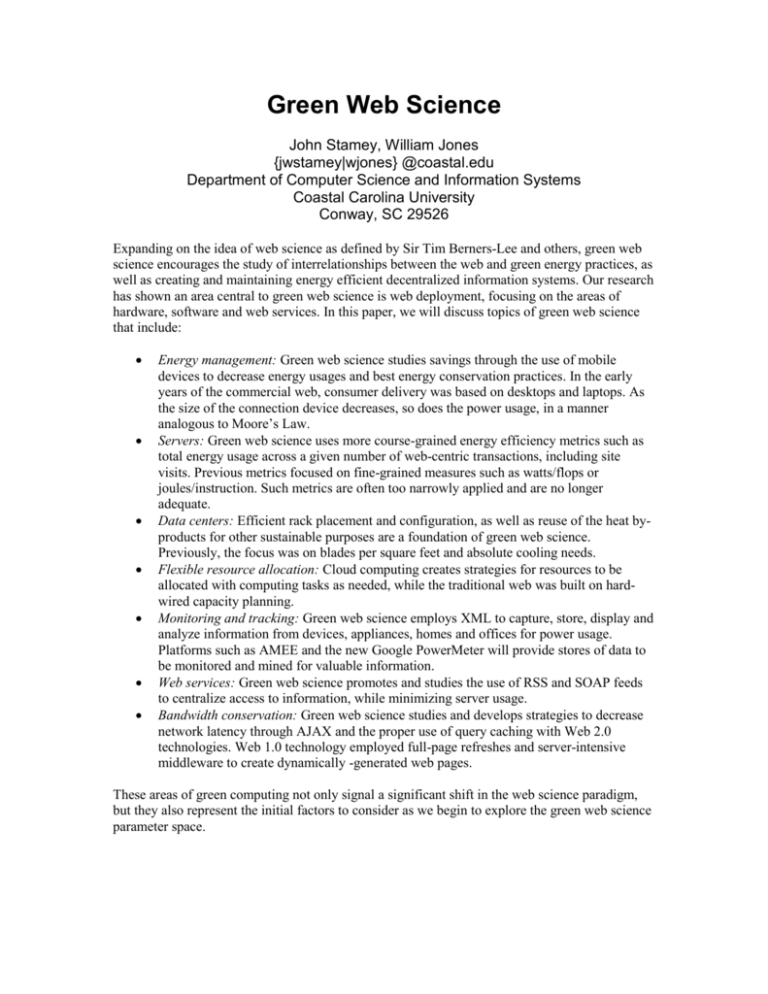
Green Web Science
John Stamey, William Jones
{jwstamey|wjones} @coastal.edu
Department of Computer Science and Information Systems
Coastal Carolina University
Conway, SC 29526
Expanding on the idea of web science as defined by Sir Tim Berners-Lee and others, green web
science encourages the study of interrelationships between the web and green energy practices, as
well as creating and maintaining energy efficient decentralized information systems. Our research
has shown an area central to green web science is web deployment, focusing on the areas of
hardware, software and web services. In this paper, we will discuss topics of green web science
that include:
Energy management: Green web science studies savings through the use of mobile
devices to decrease energy usages and best energy conservation practices. In the early
years of the commercial web, consumer delivery was based on desktops and laptops. As
the size of the connection device decreases, so does the power usage, in a manner
analogous to Moore’s Law.
Servers: Green web science uses more course-grained energy efficiency metrics such as
total energy usage across a given number of web-centric transactions, including site
visits. Previous metrics focused on fine-grained measures such as watts/flops or
joules/instruction. Such metrics are often too narrowly applied and are no longer
adequate.
Data centers: Efficient rack placement and configuration, as well as reuse of the heat byproducts for other sustainable purposes are a foundation of green web science.
Previously, the focus was on blades per square feet and absolute cooling needs.
Flexible resource allocation: Cloud computing creates strategies for resources to be
allocated with computing tasks as needed, while the traditional web was built on hardwired capacity planning.
Monitoring and tracking: Green web science employs XML to capture, store, display and
analyze information from devices, appliances, homes and offices for power usage.
Platforms such as AMEE and the new Google PowerMeter will provide stores of data to
be monitored and mined for valuable information.
Web services: Green web science promotes and studies the use of RSS and SOAP feeds
to centralize access to information, while minimizing server usage.
Bandwidth conservation: Green web science studies and develops strategies to decrease
network latency through AJAX and the proper use of query caching with Web 2.0
technologies. Web 1.0 technology employed full-page refreshes and server-intensive
middleware to create dynamically -generated web pages.
These areas of green computing not only signal a significant shift in the web science paradigm,
but they also represent the initial factors to consider as we begin to explore the green web science
parameter space.
